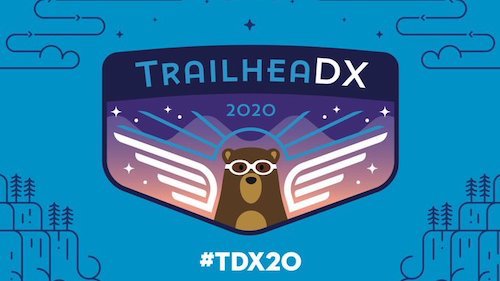
Get your FREE 30-day trial.
Please complete all fields.
The concept of a technology ecosystem isn't new. Early ecosystems emerged decades ago to help companies develop and run applications on desktop and server computers. Partners in these early ecosystems resold or wrote software to run on computers, installed infrastructure to run software, loaded patches to fix software bugs and kept software versions up-to-date. These services were valuable, but often expensive and time-consuming. Partners had little room to innovate and build value-added intellectual property (IP) for customers.
Now we're in the age of cloud computing. This next-generation technology took away the burden of on-premises software implementation and maintenance challenges, and laid the foundation for a new type of ecosystem provider. With cloud computing providing the foundation, three primary components emerged that separated this new cloud application ecosystem from the old-world, on-premises ecosystem:
It's no secret vendors that started in the old ecosystem today are struggling because their strategies were driven by legacy economics. Partners' business models are almost entirely oriented around system integration and getting the software to work and stay working. In addition, many legacy tech vendors making the shift to the cloud simply don't have their own applications on their latest PaaS offerings, creating a disconnect with customers and partners alike. Finally, these older technology vendors lack a large, cloud-ready installed base of customers to attract ISVs, with limited apps as proof points and no on-boarding programs to foster new partners (and ultimately create jobs).
Salesforce is an example of how leap-frogging an entire generation of technology — skipping the on-premises, client-server revolution altogether — has paid off.
In the same way Apple created the leading consumer ecosystem build on the iPhone, iPad, iOS and AppStore, Salesforce created the leading enterprise ecosystem built on its cloud-based CRM, app development platform and AppExchange marketplace. In fact, between July 2015 and June 2016 the “Salesforce Economy” accounted for more than 300,000 job postings calling for Salesforce-related skills, ranging from administering Salesforce’s products to complex software development. Veeva, a leader in the global life sciences industry and one of the largest enterprise cloud companies in the world, is built on the Salesforce platform.
A recent IDC study showcases the impact of Salesforce Economy:
In the End, the Customer is the Real Winner
Ultimately, the output of an enterprise cloud ecosystem is making customers successful. Customers understand that it takes a village — a vibrant, growing ecosystem with a common foundation, a culture of innovation and access to the tools, solutions and talent — to transform their businesses. Older, on-premise vendors are trying to adapt their ecosystems, but customers and partners may not be willing to wait for their economies to scale.